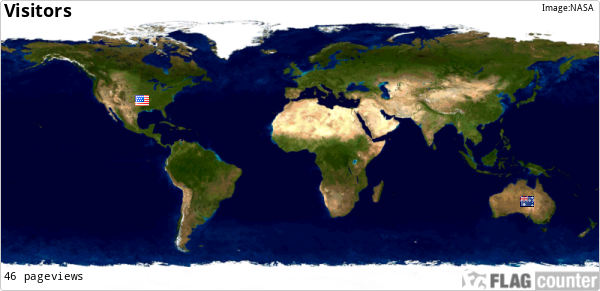Our aim with this particular Earth Cache is to take you to a spectacular place and teach you some basics, we have presented this earth science lesson on a basic level to accommodate those who avoid EC’s ‘cos they are too hard’ and also to accommodate those travelling with Children (TAWKers) who incorporate Earth caches into their curriculum.
To adequately complete this Earth Science lesson you must visit 3 waypoint along an approximate 3 kilometre walk.
Geikie Gorge was named in honour of Sir Archibald Geikie, the Director General of Geological Survey for Great Britain. Sir Archibald never visited the gorge and in due course the traditional owners, the Bunuba people, hope that it will be more generally known by its Aboriginal name, Darngku.
The magnificent Darngku is part of an ancient barrier reef that developed during the Devonian Period, around 360 million years ago. Since the oceans receded, the mighty Fitzroy River has slowly gouged through the rock, forming the deep rippled walls that now tower spectacularly over the water, the waters of Darngku are generally placid, during the wet season the river can rise up to 16.5 meters and can flood spectacularly with a flow of 30,000 cubic metres per second, making it Australia’s largest river.
The Devonian Period is a Geological time that extends from 410 to 350 million years ago. This was a time of major change in the evolution of life on Earth with the Age of the Fishes.
Approximately 350 million years ago a large area of Sedimentary rocks known as the Canning Basin was covered by a tropical sea that extended inland from the current Western Australian Coast near Port Hedland. In these warm, shallow waters marine life flourished. Over time reef building algae and the now extinct coral like stromatoporoids built a remarkable barrier Reef over 1000km fringing the Devonian mainland of the King Leopold Range and Kimberly Plateau.
Torrential rivers flowed from nearby ancient mountainous areas, carrying huge amounts of sediments (sands rocks and boulders). Over the next 50 million years there were changes in sea levels and the subsidence of the sea floor reef building organisms accumulated to establish a reef nearly 2km thick.
The remains of the reef now stand as the limestone range that wind across the countryside up to 100 m above the plains. Fossils from the Devonian can be found within the limestone strata.
For those interested the river sustains an abundance of life including barramundi, sawfish and freshwater crocodiles all of which can be found in the gorge. *We have noted a reference point where we saw dozens of freshwater crocodiles. The vegetation that fringes the river bank includes River Gums, freshwater mangroves, pandanus, cadjeput and native figs. The flora provides a suitable habitat for a range of fauna including fruit bats, lilac-crowned wren, reed warbler and the great bowerbird.
To log this Earth Cache we require you to visit the three stages/waypoints listed, (flood levels may make some waypoints harder, just do your best) follow the clearly marked walking trail from the posted coordinates, make some observations, consider the information given, then message us with the following answers to the best of your ability;
1. Stage 1 - Walk amongst the limestone pillars, can you see certain distinct shapes in the eroded rocks, why do you think these specific shapes have formed? There are distinct lines of differing colour on the rocks, what do you think has caused this?
2. Stage 2 – Estimate the height of the Gorge and comment on the distinct bands that can be see, what has caused these?
3. Stage 3 – Is there a difference in the height of the Gorge here compared to Stage 2? Why do you think this is or isn’t the case?
4. There are three distinct colours in the rocks here, what has caused these distinct colours in the Limestone?
5. Reef building what built the reef?
6.A photo of course, although this task is optional I’ll be disappointed not to see photos of this magical, crazy place! You are welcome to log your answers straight away to keep your TB's and Stats in order but please message us with your answers within 1 week. Cachers who do not fulfil the Earth Cache requirement will have their logs deleted without notice.
Source: Wikipedia, Department of Parks and Wildlife
